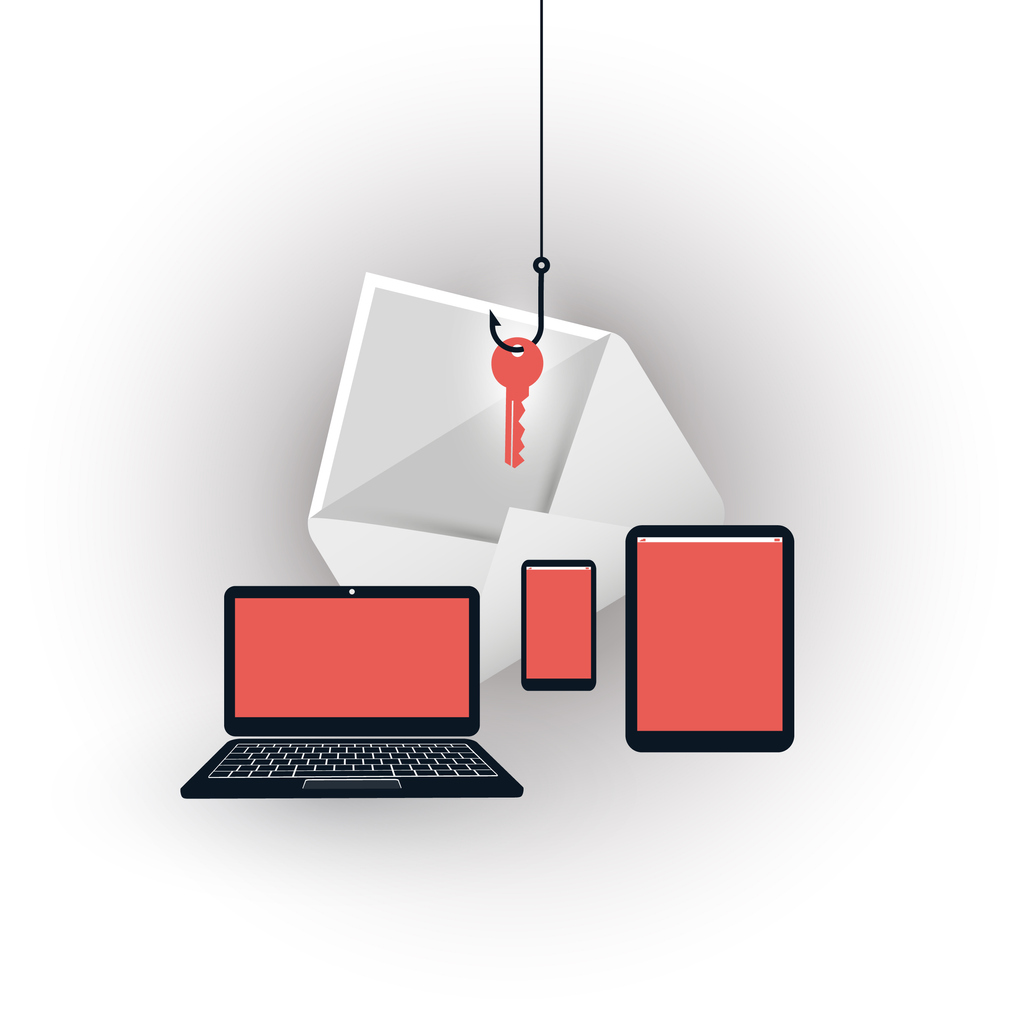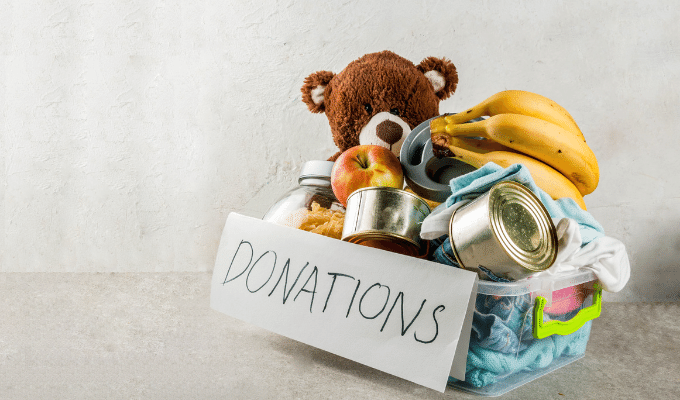Wise Giving Wednesday: Cybersecurity for Charities

BBB Wise Giving Alliance and the BBB Foundation of Metro New York are collaborating to present a free livestreamed program, Cybersecurity Planning for Nonprofit Leaders, on October 20 from 9:30-11:30am EDT. To see details and register to view the livestream, click here to visit the program’s web page.
Increasingly, nonprofit organizations are experiencing cyber-attacks. Often, charities are soft targets because they have not yet taken steps to protect their data resources and plan for potential breaches. Health and education nonprofit organizations seem to be at particular risk, although charities of any type or size can and do suffer from a cyber-incident. According to Symantec’s Internet Security Threat report for 2014, 60% of all targeted spear-phishing attacks struck small to medium-sized organizations; security incidents in that year particularly affected health-related organizations (37%), educational organizations (10%) and government/public sector organizations (8%). And in a recent nonprofit governance survey, 81% of 470 respondents indicated that cybersecurity is now among the top 10 risks faced by their nonprofit.
A potential cybersecurity incident poses a major reputational and financial peril to charities of all sizes and types. If a cyber-attack occurs, charity leaders need to be prepared to manage the resulting situation quickly and effectively. While technology can help reduce risks posed by cyber-attacks, advance planning to manage cyber problems – before, during and after they happen – can also provide significant assistance. As a good starting point, the National Institute of Standards and Technology has published a Cybersecurity Framework which provides a helpful general roadmap for organizations to consider:
1. Identify cyber risks by assessing risk exposure
2. Protect data through technology and data governance planning
3. Detect a cybersecurity problem when it happens
4. Respond effectively to a cybersecurity incident
5. Recover from the impact of a cybersecurity or data impairment event
On a separate note, as part of our Building Trust Video Series we are pleased to provide a video that features Steve Delfin, President and CEO of America’s Charities (a BBB Accredited Charity) which helps organizations generate financial support for its members through public sector and private sector workplace giving programs.
We are always working with charities to publish or update reports for donors. Visit Give.org or local BBBs to check out any charity before giving. Our recently evaluated charities include:
Finally, remember to let us know by going to https://www.give.org/ask-us-about-a-charity1/ if you are interested in seeing a report on a charity not on the list and we will do our best to produce one.
H. Art Taylor, President & CEO
BBB Wise Giving Alliance


